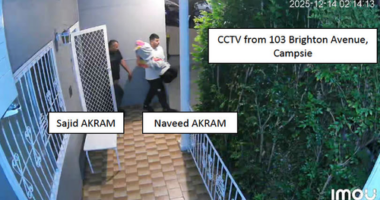Share this @internewscast.com
Key Points
- Iran may close Strait of Hormuz after US strikes on nuclear facilities, state TV reports.
- About 20 per cent of global oil supply flows through the strategic Strait of Hormuz each day.
- Past threats to block the strait never materialised, but tensions are now at a boiling point.
Below are details about the strait:
What is the Strait of Hormuz?
It is 33 kilometres wide at its narrowest point, with the shipping lane just three kilometres wide in either direction.
Why does it matter?
Saudi Arabia, Iran, the UAE, Kuwait, and Iraq, all OPEC members, primarily ship their crude oil through the strait, with Asia as their main destination. In efforts to avoid relying on this narrow passage, both the UAE and Saudi Arabia have been exploring alternative routes.

There are seven strategic maritime chokepoints in global oil trade with the Strait of Hormuz ranked at number two. Source: Getty / Muhammed Ali Yigit
About 2.6 million barrels per day (bpd) of unused capacity from existing UAE and Saudi pipelines could be available to bypass Hormuz, the US Energy Information Administration said in June last year.
The US Fifth Fleet, based in Bahrain, is tasked with protecting commercial shipping in the area.
History of tensions
During the 1980–1988 Iran-Iraq War, the two sides sought to disrupt each other’s exports in what was called the Tanker War.













